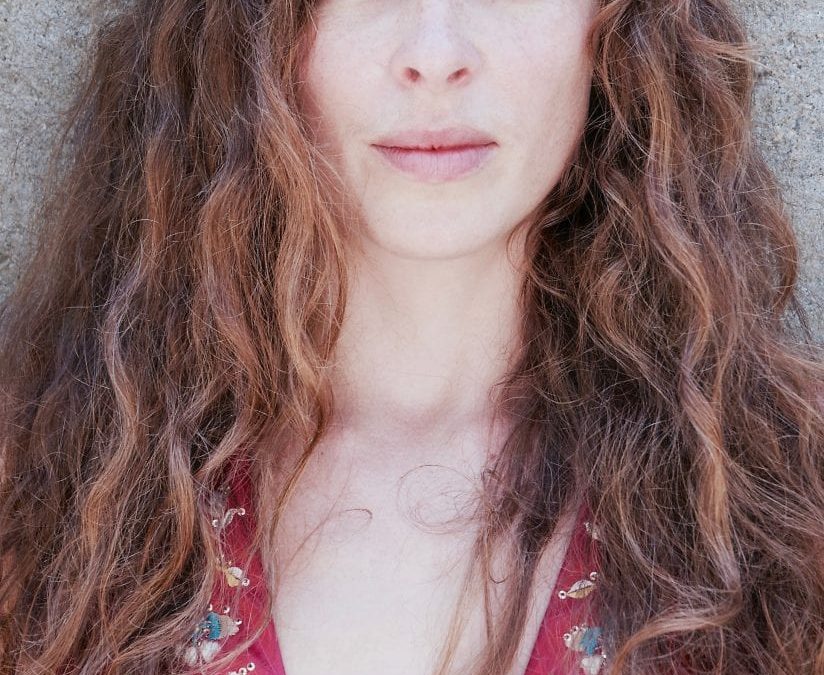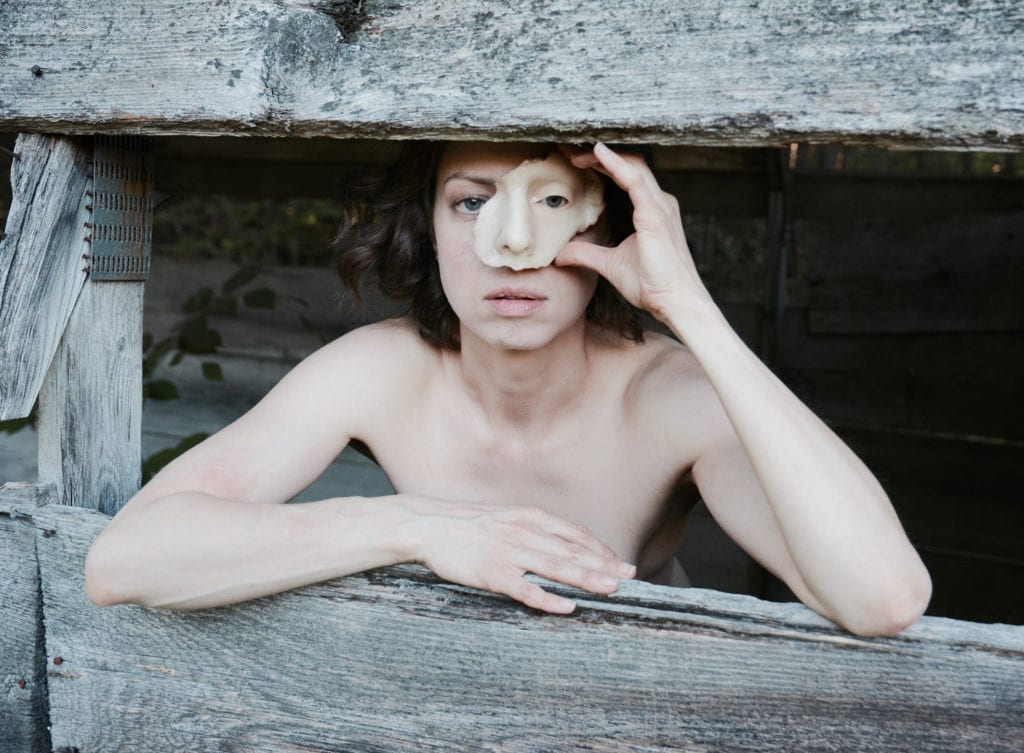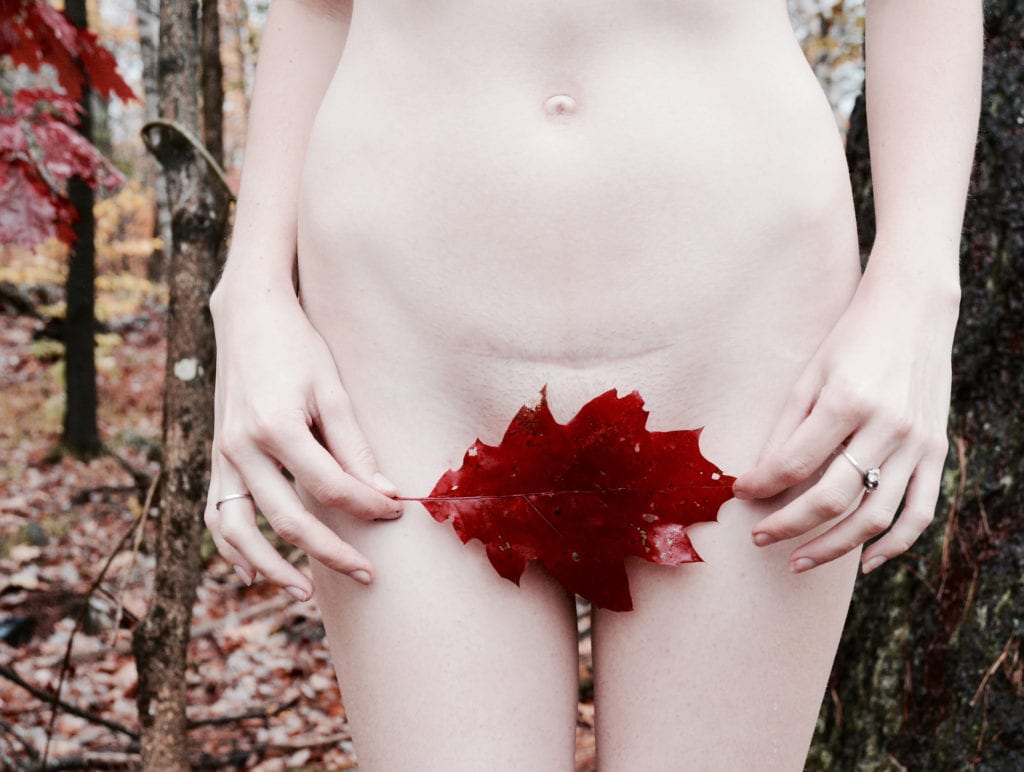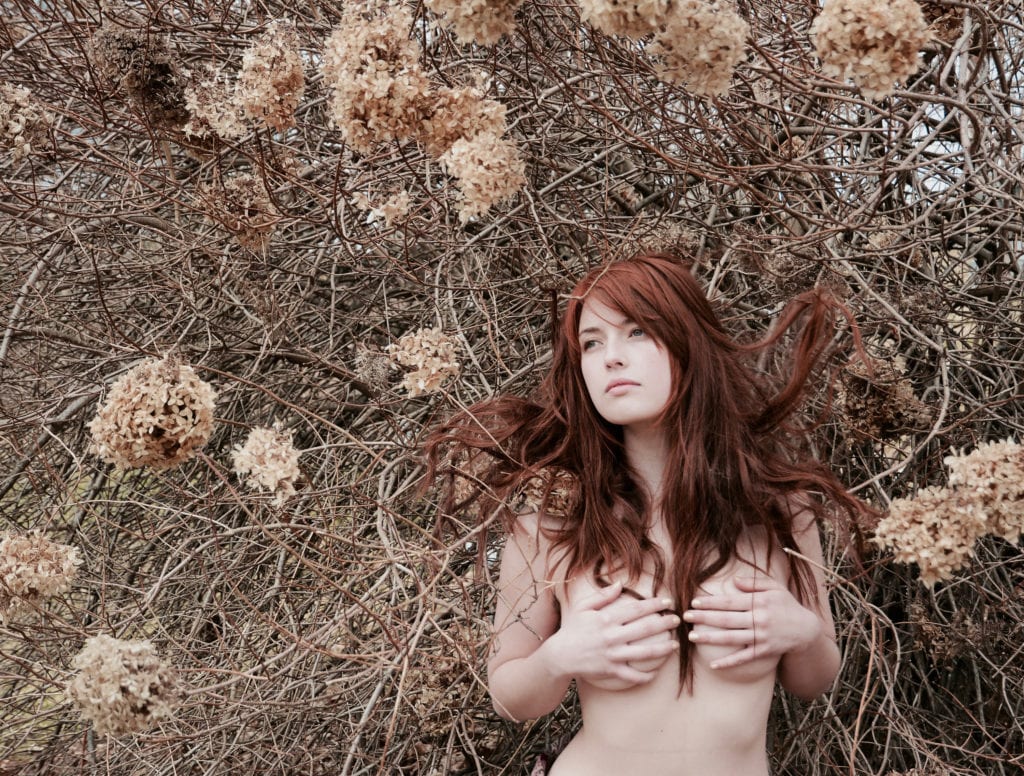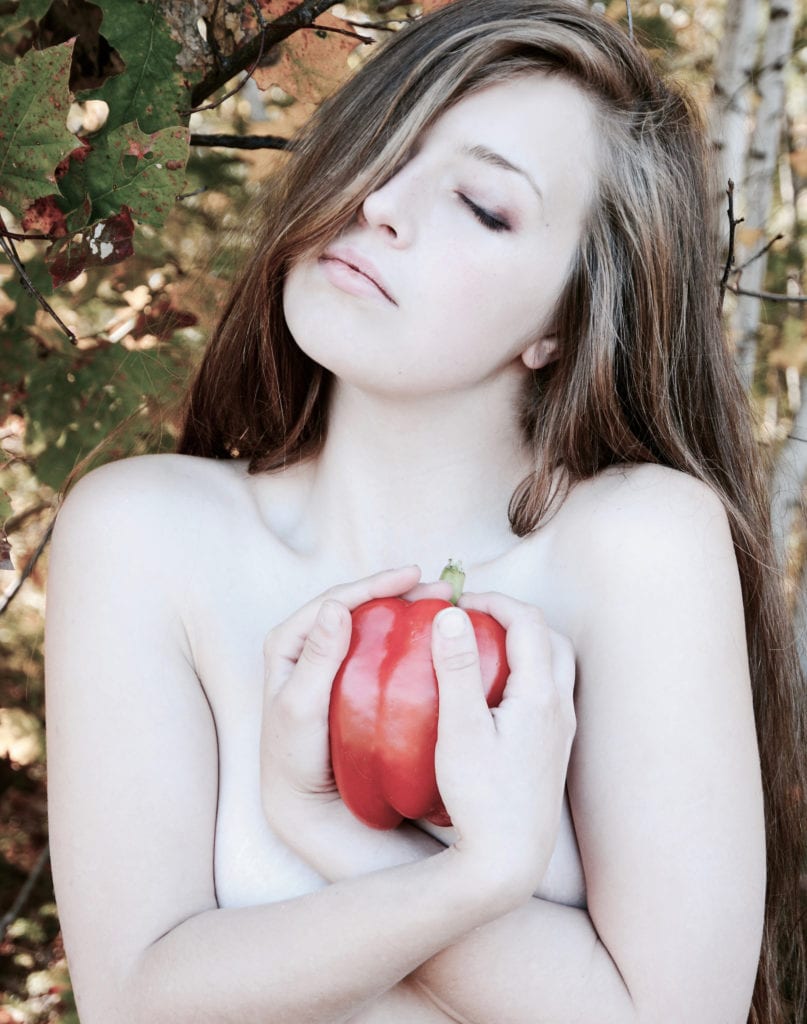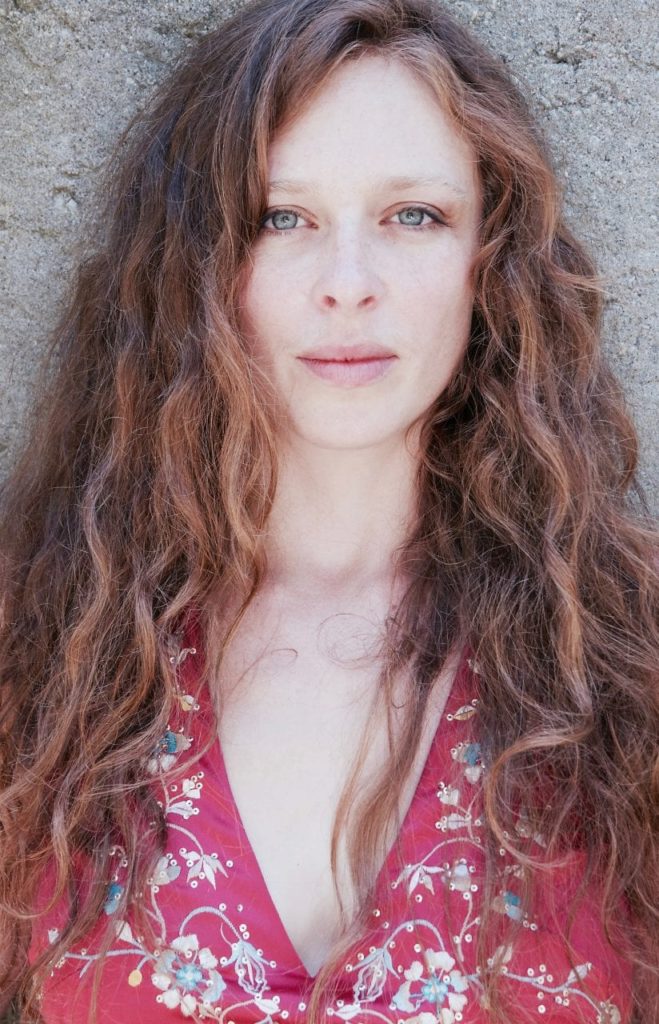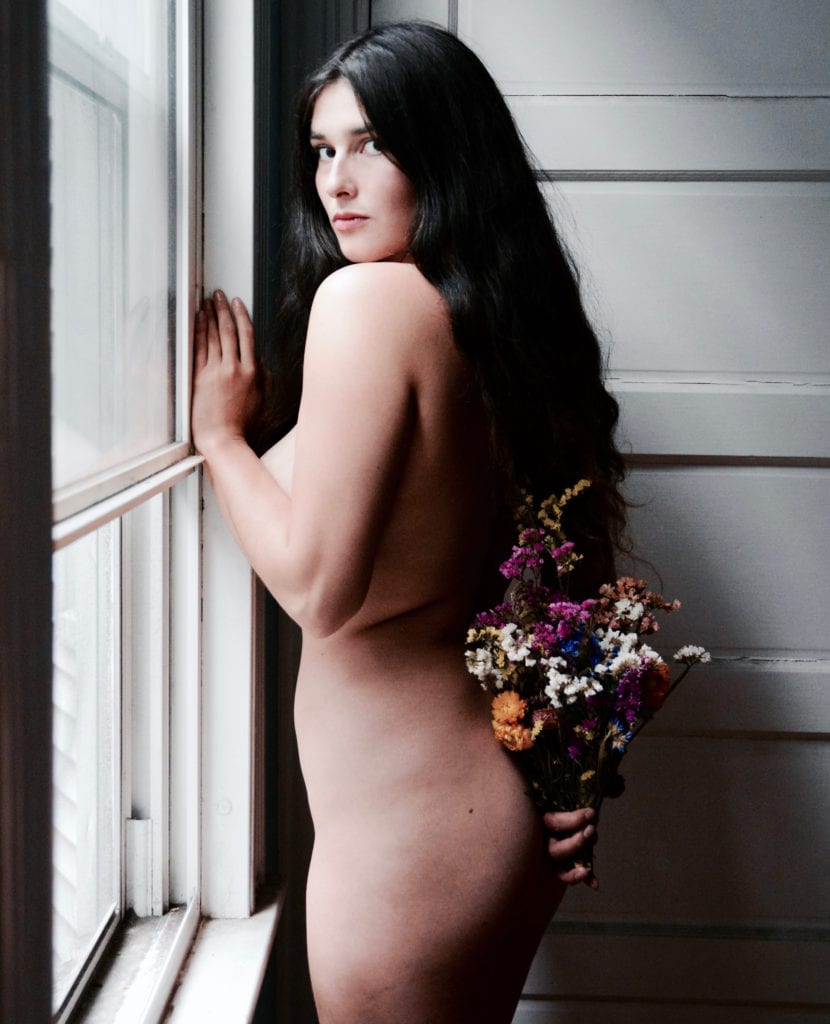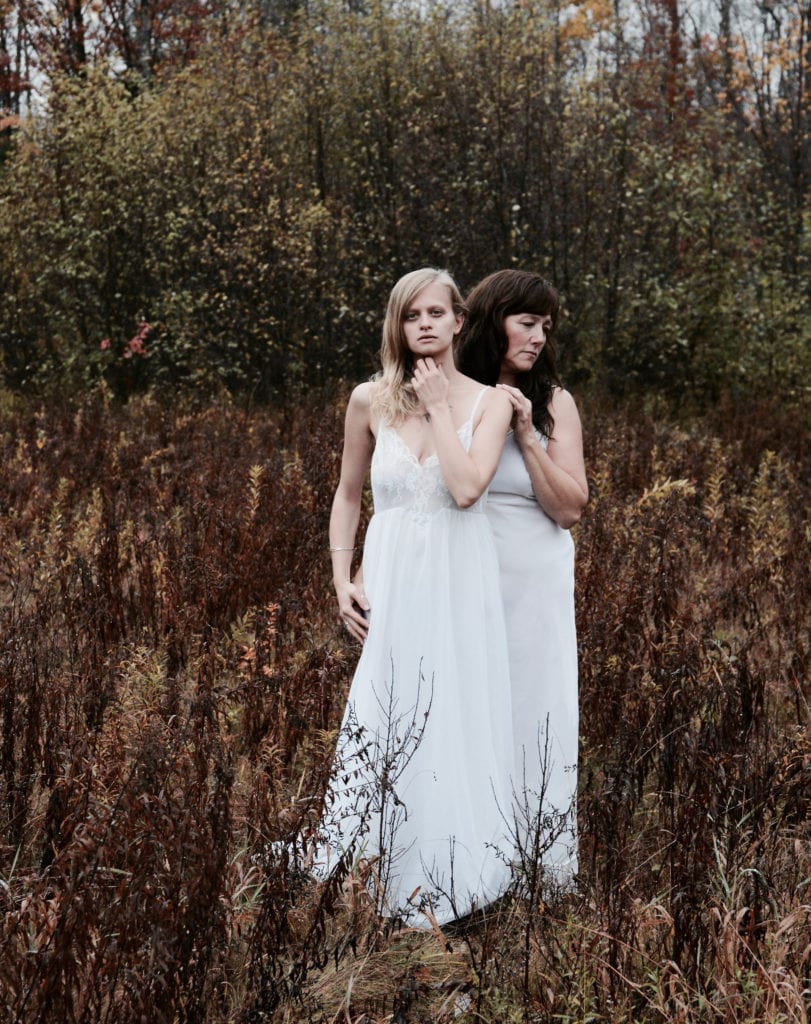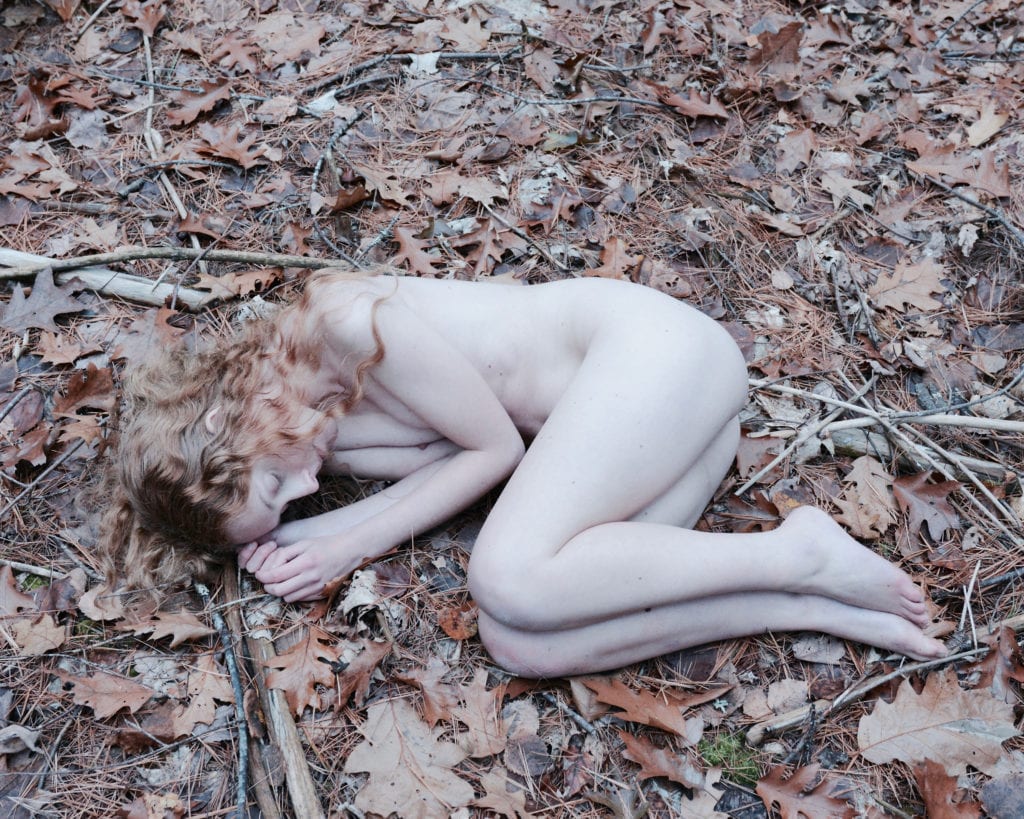How do you get the person, place or thing that is in front of the camera onto the film in just the way you want?
With models I do not like to give too much instruction. I think if the model is experienced, or if I have worked with her before, she will find the pose that works best in a given situation. What I focus on is to make sure the camera is adjusted for the available light and try to create an interesting composition with the model and the location or the prop we are using. I think the location/light sets the stage for the tone of the image and helps the model create poses that enhance that tone. When I make suggestions it is for things like asking the model to turn her head toward the light source.
At home, after the shoot, the post-production work is important to tighten composition and refine light. Some good, careful editing can really enhance the emotional content of an image. I personally like a light touch with post-production. I like natural light and natural faces. An air-brushed/highly edited face really removes the humanity out of an image for me. While any art is a construct, and therefore doesn’t tell the “real” truth but an enhanced truth, I try to get as close to the real truth in my images.
With landscapes I look for a haunted place, a ghost at play there, before I shoot. That haunted quality, chasing that ghost, is important in all my work. And again, if I ever am successful in getting there, I achieve it with composition and light.
Exactly what it is you want to say with your photographs, and how do you actually get your photographs to do that?
As far as what I want to say in my work, I honestly try to avoid saying anything directly. Instead I focus generally on themes, such as mortality, the juxtaposition and struggle with life and death, natural beauty as the light in my work.
The sun makes the best light and the natural representation of the human face and form is the best means to capturing humanity in an image.
Honestly, if I worry too much about what I’m trying to say, or get caught up in trying to say something a certain way, my images will be poor. So I keep my thoughts very general in a shoot and then improvise with the model.
How does black and white vs color play into yourwork? Do you find them to be totally separate—or complementary?
For a long time I really didn’t consider color in my work. Only recently did I figure out a way for color to work for me. Using a muted palette, largely influenced by Andrew Wyeth, I could make color images without the color overwhelming the image I created.
I get really distracted by really bold color and find myself caught up in that then the composition of an image, its themes, its mood. And honestly, I’m looking for a more somber, darker mood in my work. Bright rainbows won’t work for me.
So with my muted color palette and black and whites, I think both methods compliment each other in helping me create the more subtle and somewhat moody images I strive for.
I think I will always default to black and white though. That’s where I live.
What was your career path? Have you moved into it as a full time profession?
I’m not really sure about a career path because I’m not sure how far my photography can truly go. I have been interviewed three times in the last two months about my work. I never would have even thought that was something I’d do.
I think I’d love to be in more shows, sell prints and make a book or two. Really all I’ve ever wanted to do is live my life in the arts. For the first time, at age 48, I feel like it might be possible.
What were some difficulties you encountered when first starting out in photography?
Well I knew absolutely nothing about photography when I started! I thought I could just aim the camera at my subject, push the shutter and that was it. So I had everything to learn and it took me a long time to learn it because I’m an introvert and figured I could learn it all myself. Ultimately, many talented friends gave me little nuggets of information that when combined, and with practice, helped me get to the images I produce today.
Which photographers influenced you, and how did they influence your thinking, photographing, and career path?
Francesca Woodman has been a great influence in terms of creating mood through composition, through her use of great locations and her ability to interact with the environment she was working in.
Sally Mann because she is excellent with light and composition and her landscapes are truly haunting. I also love her ability to show the joy of life and at the same time her ability to take her death obsession and create great art with it.
Jock Sturges and Mona Kuhn for the pure beauty of their images.
What is one question nobody has ever asked you—that you wish they asked you?
Would you like me to publish a book of your photography?
About the photographer:
Matt LaPierre lives in Maine with his wife and three daughters. He works exclusively with natural light and largely in black and white, although branched out to include a muted palette of color that he has incorporated into his portfolio. He have been shooting seriously for about 8 years and has received first prize in a nude photography show in Belfast, Maine, been juried into shows in New York City and Boothbay, Maine. Additionally, He’s been interviewed for the Photography Passion and F Stop websites. Recently, his work was published in TATA magazine. Photography has expanded the way he views the world, introduced him to tons of interesting people and has given him a stronger feeling of self worth. It has enriched his life.
On Instagram: mslphotography45
On Facebook: matthewlapierre45
Email: mattlapierre2@yahoo
Tumblr: stones38

